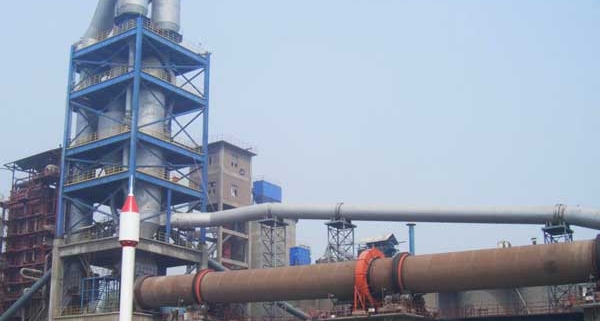1. Current status of urban domestic waste treatment in China
In 2008, China Statistical Yearbook, by the end of 2007, 655 cities across the country had 5.2 billion tons of domestic garbage and 453 kinds of domestic garbage dumps, with a processing capacity of 272,000 t/d and a centralized processing capacity of about 94 million tons. The rate is 62%; expected to be 2010:
The total output of domestic garbage above the county level is about 500 million tons. City: 180 million tons/year (average daily average is 493,000 tons) County: 0.7 billion tons/year (average daily average is about 194,000 tons)
Among them, there are 363 urban landfills, 17 composting plants and 68 incineration plants.
2. Comparison of various waste treatment investments
|
Processing method
|
Sanitary landfill
|
Compost
|
Incineration | ||
|
Domestic technology |
Foreign technology |
Cement production process |
|||
| Investment
(10,000 yuan/ton) |
8-10 | 12-18 | 20-28 | 60-70 |
6-9 |
The amount of garbage disposal is 1000 tons/day, and the total investment in cement production is only about 70 million yuan.
3. Overview of municipal solid waste incineration plants
At the end of 2007, there were 68 garbage incineration plants that had been put into operation nationwide, and 25 sets of incinerators under construction. Recently, 82 statistics have been put into operation, 102 are under construction, and 38 will be built in the future. It is estimated that by 2010, the national urban waste disposal rate will increase from 40% in 2007 to 70%, and the disposal rate of waste incineration will be 6 in 2005. % rose to 18%. More than 1,000 PC cement kilns in China are able to make some contributions to this. The exit of the 1000-2000 tons / day production line?
The main problem in the operation of domestic waste incineration plants is?
1) High investment and operating costs;
2) It is waste incineration power generation that relies on higher on-grid tariffs;
3) The fly ash produced by incineration is not properly placed;
4) is a problem of dioxin pollution caused by waste incineration;
5) The heat generated by garbage is low, about one third of that in developed countries;
6) Garbage and coal incineration are helpless, and the heat utilization efficiency of coal is low.
Luoyang Building Material and Architectural Design and Reserach Institute cement kiln co-processing domestic garbage technology
The technical route adopted by our institute:
(1) In parallel with the dry clinker production line, the waste efficient incinerator is used;
(2) The high temperature residual air of the clinker cooler maintains the self-ignition of the garbage in the incinerator;
(3) The high-temperature flue gas is sent to the preheater system for utilization and purification.
In China, there are still many difficulties and problems in using cement kiln to treat waste. In addition to the use of hazardous wastes by a few manufacturers such as Beijing Cement Plant, the technical application of replacing raw materials and fuel is almost blank. China’s urban landfill has reached 8 billion tons, covering an area of more than 800 million square meters, and garbage has become a major public hazard. There are more than 1,000 large-scale new dry-process cement kiln in the country, which is the best substitute for waste incinerator. If all sorting treatments and as AFR are used in the cement industry, it can replace 1/4 of the existing standard coal consumption in the national cement industry. If the standard coal consumption of clinker in each cement plant is reduced by an average of 25%, the extent of energy saving and cost reduction is considerable.



